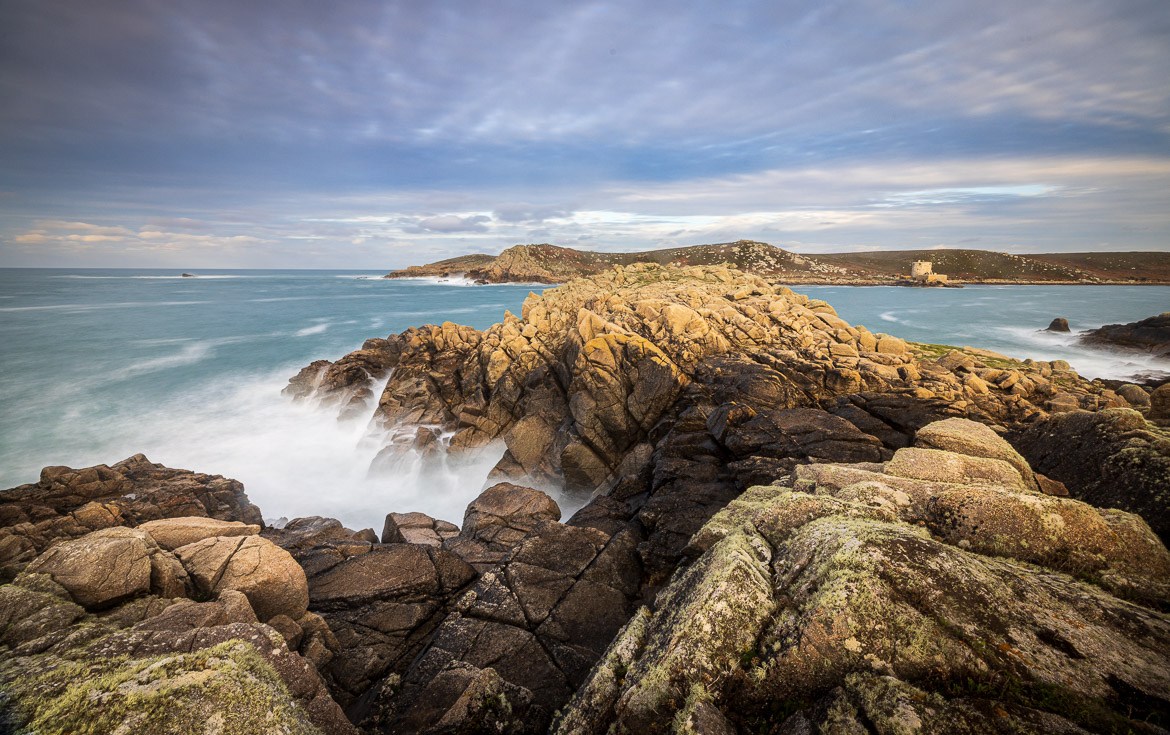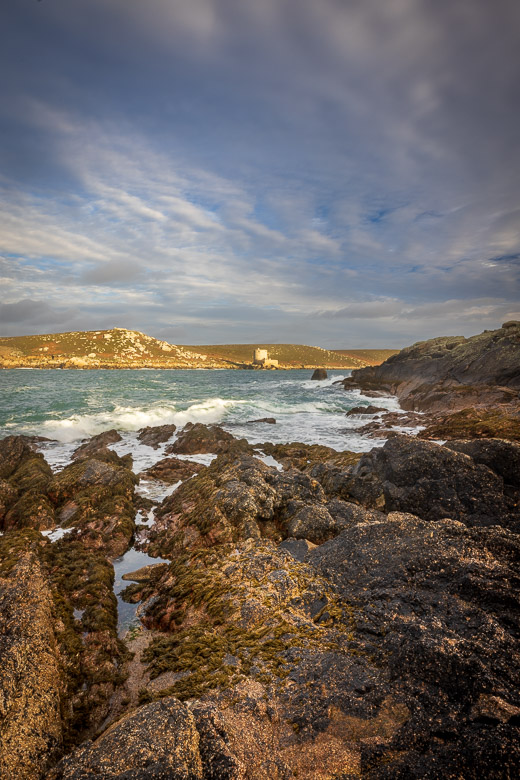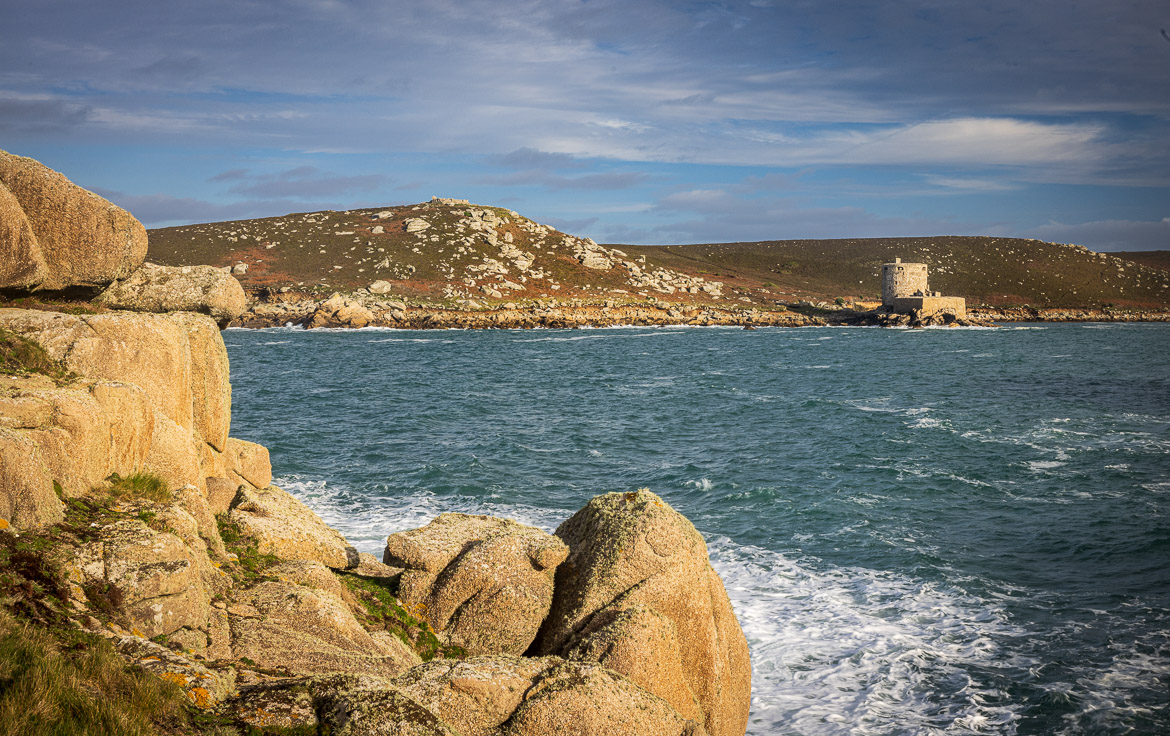
Bryher
I have visited the Isles of Scilly three times, in September 2005 on board Adèle with Ulrika, in July 2010 with Jennifer, Eric and Mikee and in November 2022 with some photography friends. Each time we went to Bryher, the island immediately west of Tresco and I am showing a few of the photos from those three trips to the island.
It is a small island, and you can walk around the coast in a day. The first image is from the sound between Tresco and Bryher and of Cromwell Castle on Tresco that have figured in several previous posts. Then we move around the island mainly in a clockwise direction alternating between pictures from the different years.
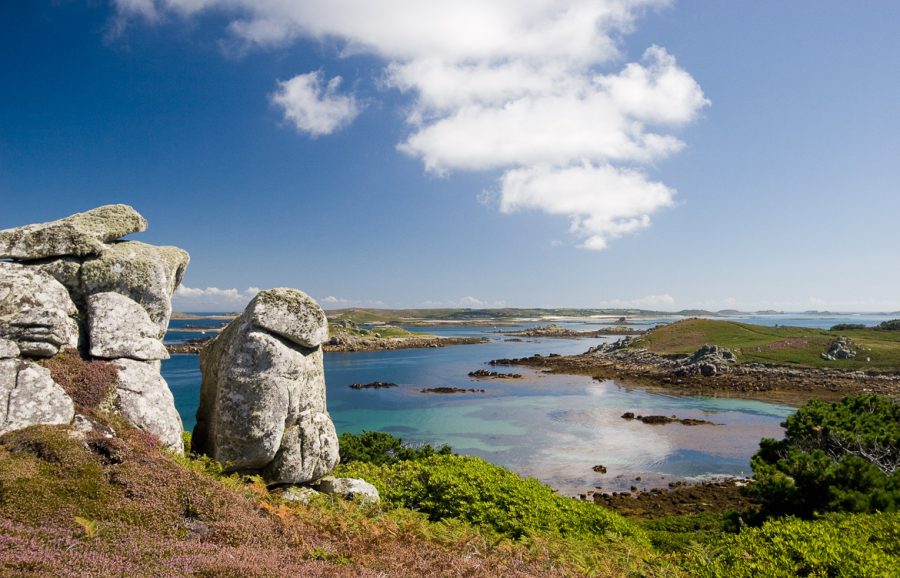
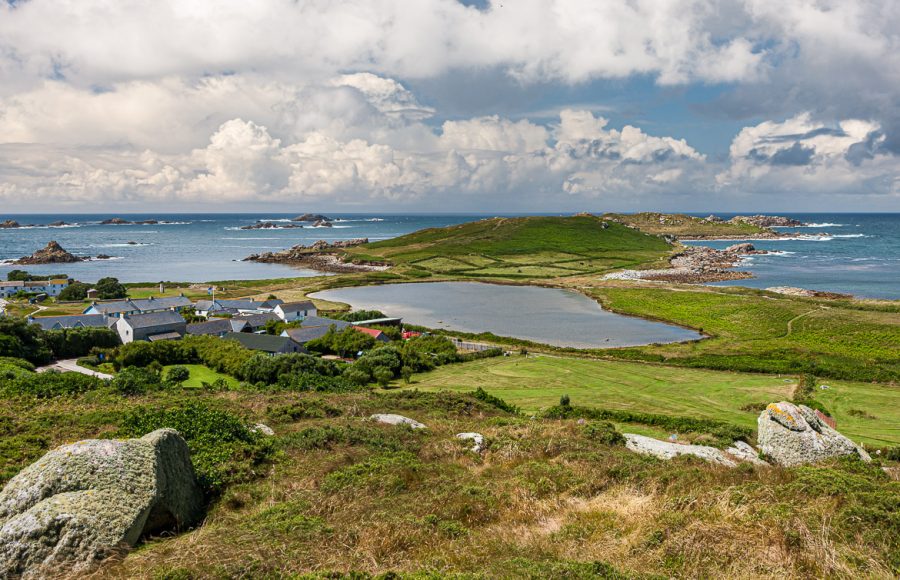
The 335 Year War
In nearly every post I try to tell a little story giving some background to the images. I came across the 335 Year War, when I was researching about the isles of Scilly, and I thought it would be nice to include it here as a complement to all the images of the seascapes on Bryher.
Between 1642 and 1651 Cavaliers (the Royalists) and Roundheads (the Parliamentarians) fought a Civil War. In 1648 the Parliamentarians had taken control of most England and pushed the remaining Royalists to the edges of the Kingdom. In the west that meant that Cornwall had finally been conquered by the Parliamentarians and the Royalists had regrouped to the isles of Scilly.
The Netherlands or at least the northern protestant parts of the provinces were trying to free itself from Spain and have been assisted by the English under a number of rulers all since Elizabeth I. In 1648 the Dutch independence from Spain was confirmed. The Netherlands wanted to maintain their alliance with England and chose to ally with the Parliamentarians (because they were the likely winner of the Civil War and it is never a good strategy to liaise with a loser!).
The Dutch merchant navy was suffering heavy losses from the Royalist fleet based in Scilly. On the 30 of March in 1651 the Dutch admiral Tromp arrived in the Isles of Scilly demanding reparations from the Royalists for the Dutch ships and goods that had been taken by them. Receiving no satisfactory answer, he declared war upon them. As most of England was in the hands of the Parliamentarians, he declared war specifically on the isles of Scilly.
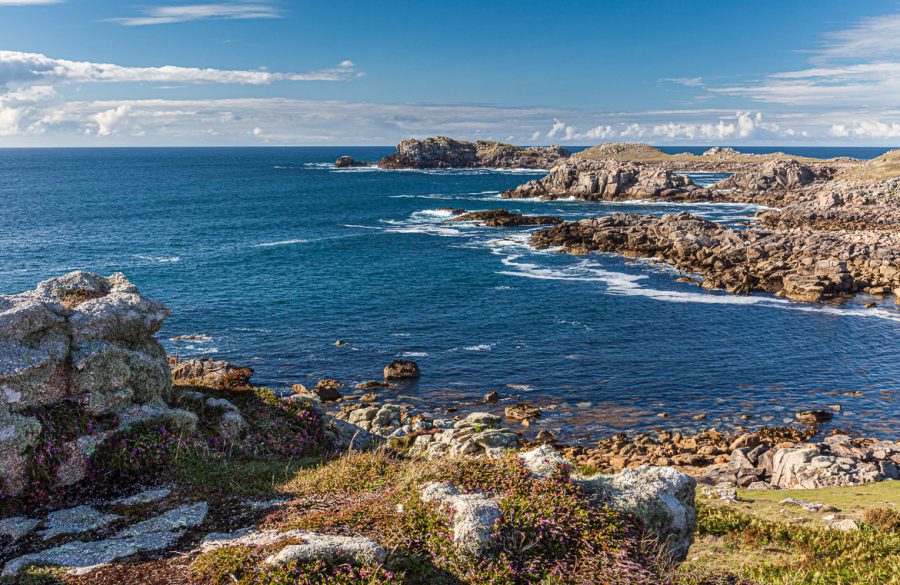
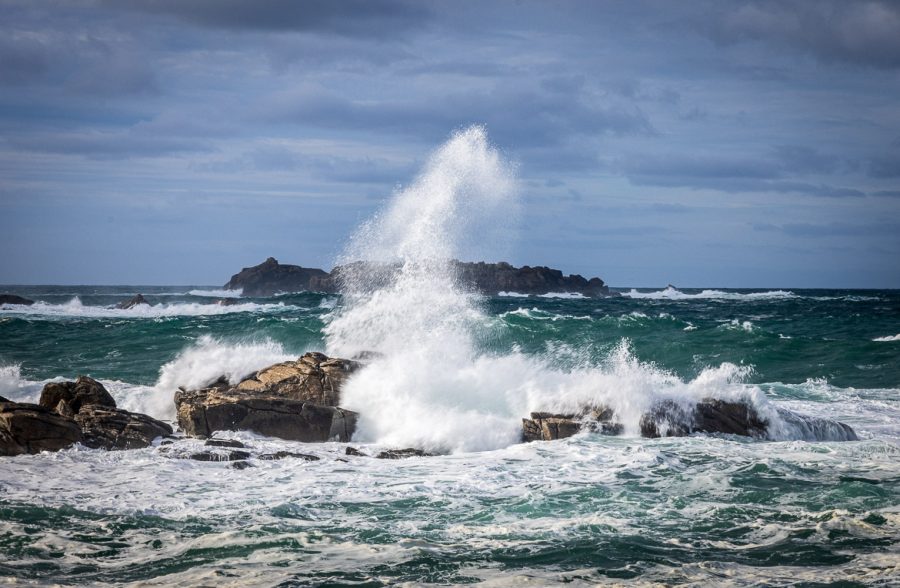
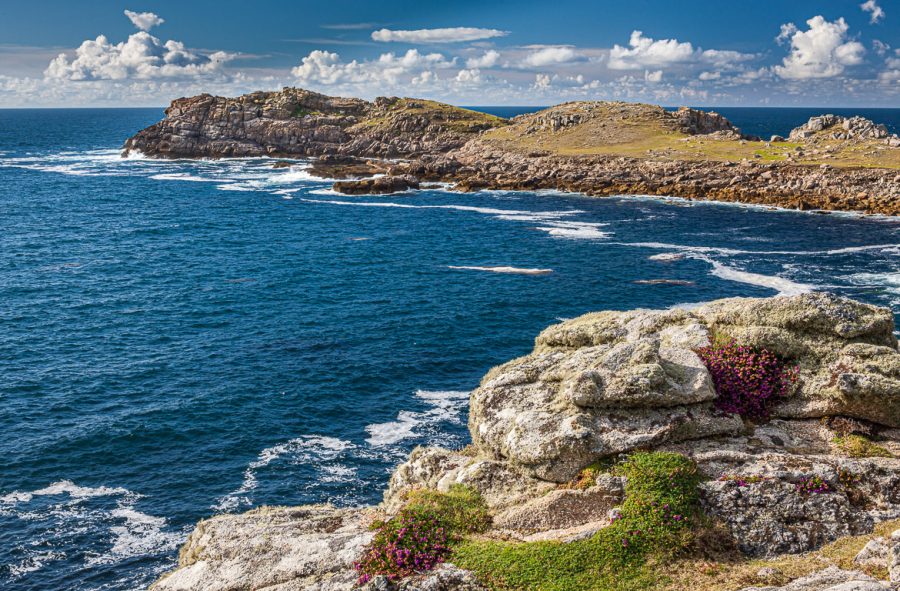
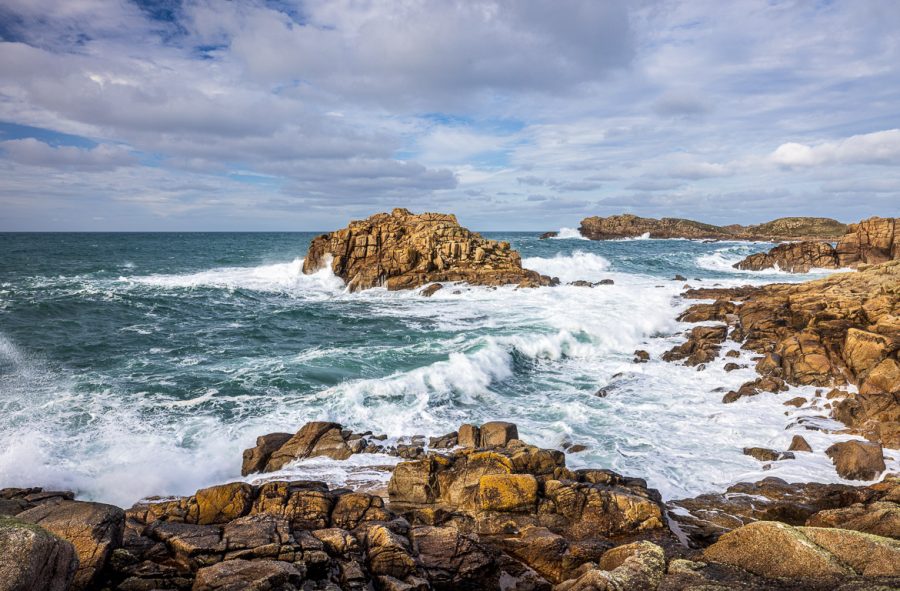
But in June the same year Admiral Blake in command of ships from the Parliamentarian Navy sailed to Scilly and forced the Royalists to surrender. The Dutch merchant navy was no longer under any threat and the fleet under Admiral Tromp consequently left without having fired a single shot. And due to the unclear situation, when one nation declared war on a small part of another, the Dutch never officially declared peace.
In 1986 Roy Duncan, historian and Chairman of the Isles of Scilly Council investigated the situation and wrote to the Dutch Embassy in London. Embassy staff could confirm that no peace treaty had ever been signed. Duncan consequently invited the Dutch ambassador to visit the islands and officially end the conflict. He did so and peace was delared on 17 April 1986, 335 years after the supposed declaration of war. In the ambassador’s speech he joked that “it must have been horrifying for the Scillonians to know we could have attacked at any moment”.
The longest war in history but without a single shot fired! It is however doubtful if there ever was a war declared, as the Isles of Scilly is no nation, but it was certainly a great PR coup for the island’s tourist board to get a peace treaty! (Sources: militaryhistorynow.com, Wikipedia and several other sources on the internet).
